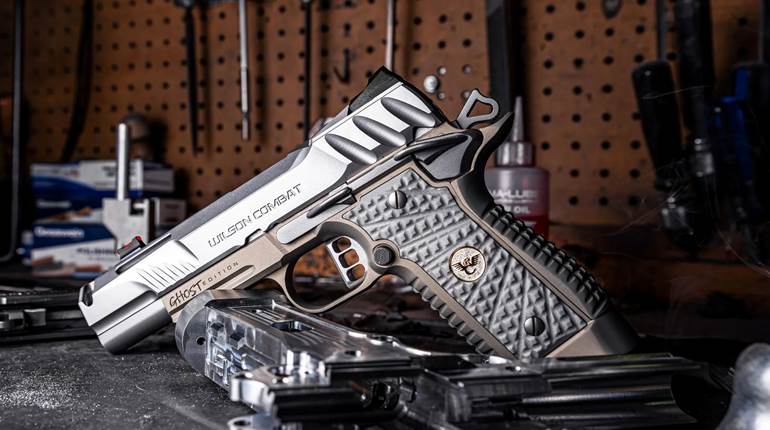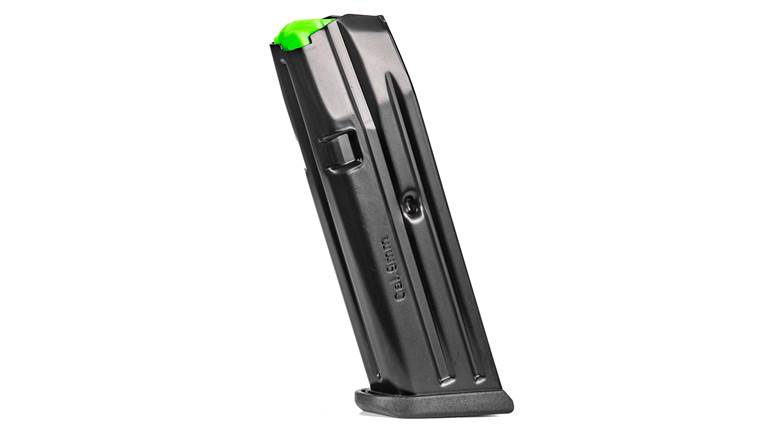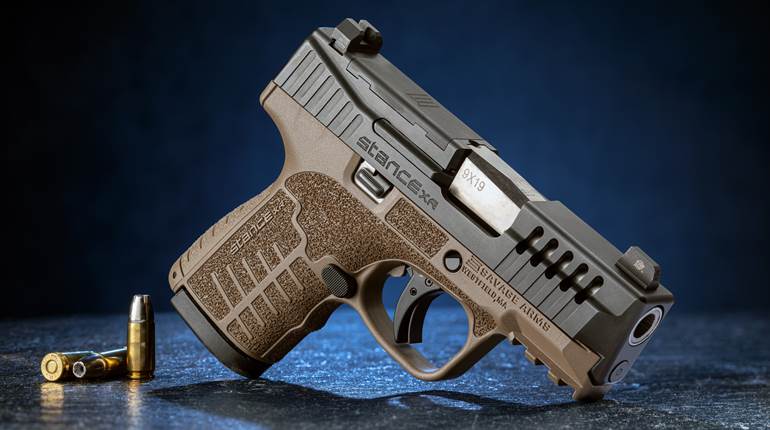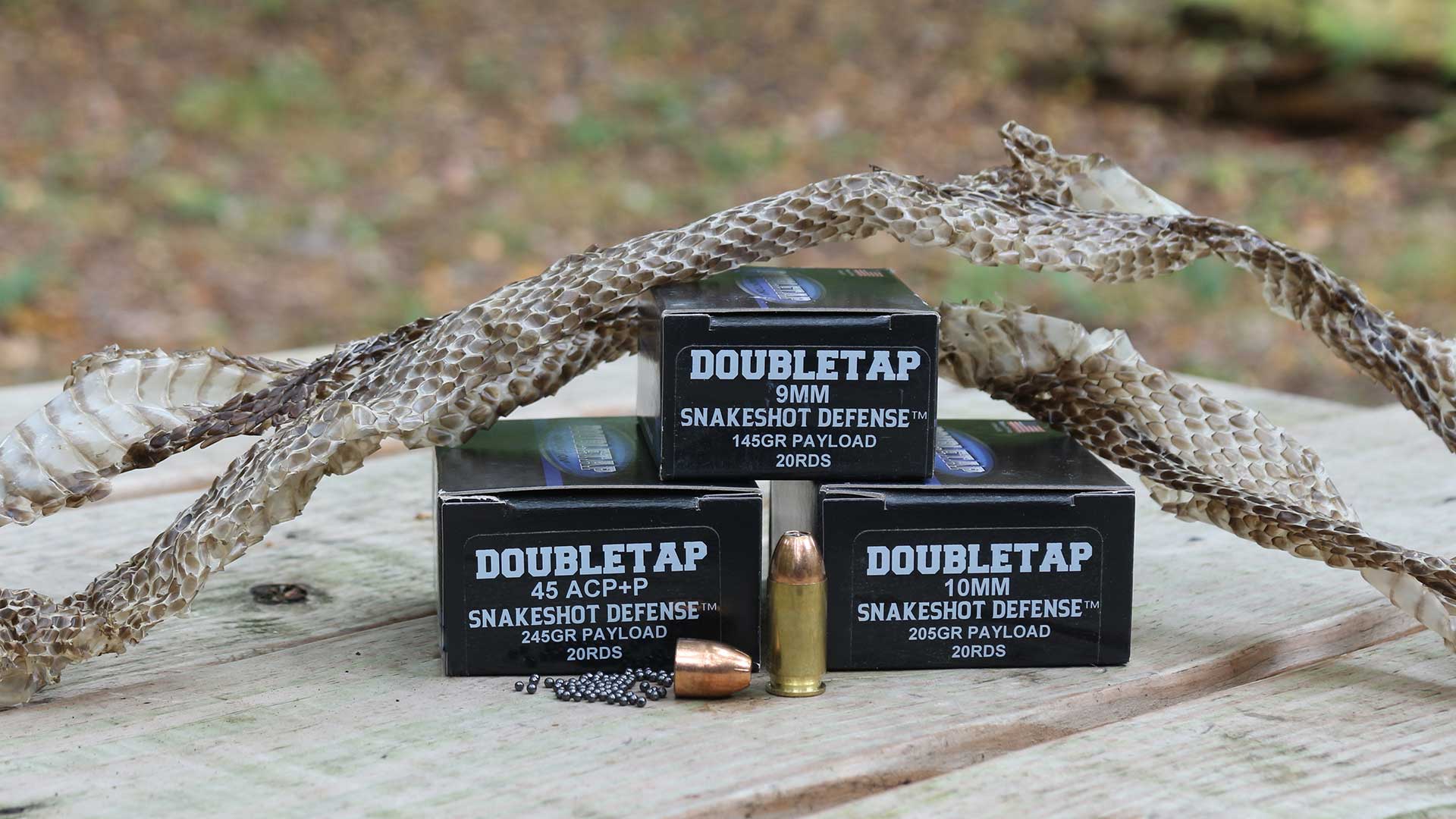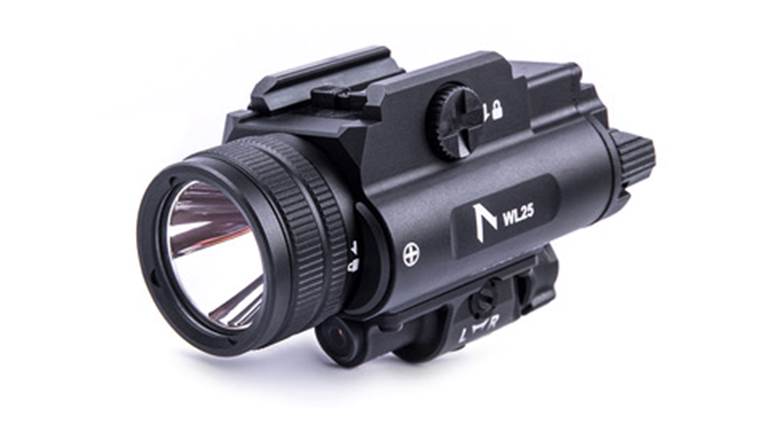
In the pursuit of building a semi-automatic pistol for every conceivable role, SIG Sauer introduced the single-stack P225 as one of three entrants in the West German pistol trials of the mid-1970s. At that time, the P6—as it was then known—faced such strong contenders as the Walther P5 and Heckler & Koch P7, which may explain why SIG came up with several ground-breaking new features for its pistol.
One of those was a multi-piece slide, utilizing sheet and solid steel components, that was easily manufactured and worked quite well for almost all of the company’s early P-Series pistols. In addition, the slide’s ejection port also served as the locking contact surfaces for the barrel’s squared breech end. Both were true innovations, as was the gun’s basic lockwork and handling procedures.
There is a strong family resemblance among all the SIG Sauer P-Series pistols, but the P225 was a single-column semi-automatic of medium size, which was pretty much the standard for European police guns of the era. Also, not uncommon for such guns, the front of its trigger guard had a somewhat hooked contour. Chambered in 9 mm Luger, the P225 armed many German police officers and was imported into this country in respectable quantities.
A light and compact gun, the P225 was also reliable and accurate, but didn’t compare commercially with its higher-capacity brother, the P226. This latter pistol is a double-column gun with a 15-round magazine, originally developed for the U.S. pistol trials of the early 1980s. By that time, interest in single-stack, 9 mm Luger-chambered pistols had waned. The original P225 therefore did not persist, and was phased out after about 10 years on the U.S. market.
But times have changed, and a growing number of concealed carriers have shown a preference for single-stack pistols, along with a renewed interest in the 9 mm Luger cartridge. Among the several makers that have developed mid-size pistols with single-column magazines, SIG seized the opportunity to make some changes to the original P225 to produce the P225-A1, the Nitron Compact variant of which is the subject of this report. The new gun updates the original with a host of small improvements, and conveys the not insignificant benefit of contemporary 9 mm Luger defensive loads, which are far better terminal performers than those that were available when the original P225 was developed.

In profile, the P225-A1 is very similar to SIG’s other medium-size guns—the P228 and P229. The main difference lies in its more slender aluminum frame, which accommodates an eight-round, single-column magazine. Despite that, the P225-A1 feels solidly built, weighing in at 30.5 ozs. and measuring 6.9" in length by 5.2" in height and 1.26" wide. So, even though it is more svelte than a double-stack, it is still a medium-size pistol with a 3.6" barrel and enough weight to require carry in a holster rather than a pocket.
The pistol’s operating system is the same as all other P-Series pistols, and has been popular since first introduced in the 1970s. It is a hammer-fired double-action/single-action with a decocker and no manual safety. On the left side of the gun, near the top of the stock panel, is a pair of levers. The rearmost is the pistol’s slide lock; the other is the decocker. When the pistol is cocked, depressing the latter will cause the hammer to fall without firing the gun and the trigger to return forward to the double-action firing position. In normal service, a shooter carries the pistol decocked, with a round in the chamber and the hammer down. The first shot will require a long, double-action arc of the trigger, however, as the slide cycles in recoil, it cocks the hammer—rendering all subsequent shots in single-action.
Testing of the P225-A1 was simple and straightforward. Informal shooting produced very consistent performance in terms of reliability. Everything worked as designed, and there were no malfunctions of any kind. Three different types of readily available 9 mm Luger ammunition went through the SIG, as fired from sandbags at 25 yds. Using the standard American Rifleman protocol of five consecutive, five-shot groups, the gun averaged around 2.5" groups at this distance. This is fine accuracy given the pistol’s intended use.

Slick, reliable and accurate, SIG’s P225-A1 Nitron Compact makes a competent do-all semi-automatic for those shooters who still prefer the feel of an all-metal gun.














